|
This example constructs a regular hexagon with a perimeter of
30 inches and sides 5 inches long. |
|
|
|
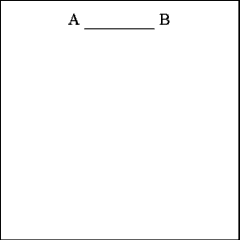 |
|
Draw a right line (AB) that is equal in length to one side of
the hexagon, in this case each side will be 5 inches long ( 30 / 6 = 5). |
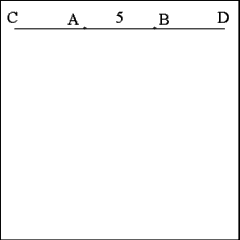 |
|
Extend the length of Line AB a distance equal to three times its
own length; this increase can be produced from one or the other end of Line
AB, or from both ends of Line AB, as was done here, to Points C and D. |
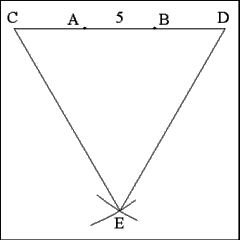 |
|
Construct an equilateral triangle using the distance from Point
C to Point D as the length of the sides of the triangle. |
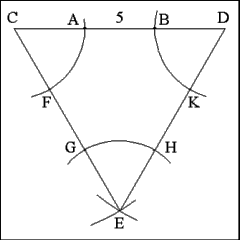 |
|
Trisect each side of the triangle. To do this open the compass
to a distance equal to the length of Line AB; using each angle of the triangle
(C, D, E) as center, cut adjacent sides by a single arc (from E, describe
an arc that cuts sides EC and ED at points G and H, etc...). |
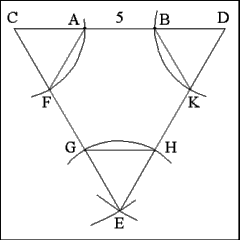 |
|
Join consecutive arc points along the perimeter of the triangle
(A to F, F to G, G to H, etc...) with right lines. |
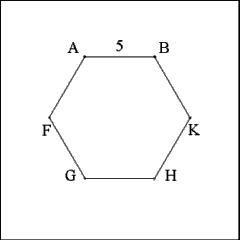 |
|
Removing all of the construction lines and points reveals a regular
hexagon with sides 5 inches long and a perimeter of 30 inches. |
|
|
|
~ An Instructive Animation Wherein the Foregoing Construction is Visually
Explained ~ |
 |
|